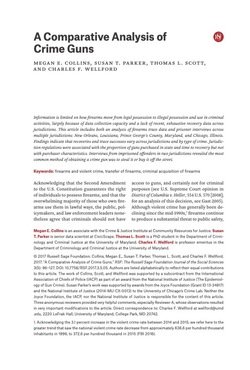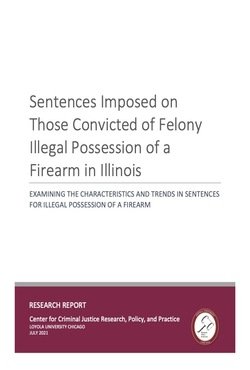By: Goodman, Ryan, Kim, Sang-Min; Steinman, Jon; Ford, William
"For the first time in American history, a sitting president of the United States sought to overturn the results of a presidential election and block the peaceful transfer of power to his rightful successor. Former President Donald Trump waged this campaign for months, spreading baseless claims about widespread election fraud and pursuing an array of schemes at the local, state, and federal levels in an effort to reverse the 2020 electoral outcome. This multifaceted campaign--which culminated in the January 6, 2021 attack on the U.S. Capitol--has chipped away at many Americans' faith in our democratic processes, emboldened extremists who threaten violence to secure their political preferences, and left a blueprint for future efforts to subvert elections. This crisis is made worse by shortcomings in an array of federal laws, which leave key government institutions vulnerable, and provide legal loopholes that can be exploited by actors looking to subvert the will of the American people. In June 2021, the House of Representatives created the January 6 Select Committee to investigate the events surrounding the attack on the Capitol including their causes. This Guide presents an overview of the Select Committee's findings to date, revealed to the public in a series of hearings that allege President Trump and his associates engaged in a seven-part conspiracy to hold onto power. This Guide covers the numerous threats to American democracy that have emerged, responsive reforms under consideration by policymakers, and how Americans can learn more about these events and possible paths forward toward a more resilient democracy in the future."
Just Security. September 2022. 43p.





















